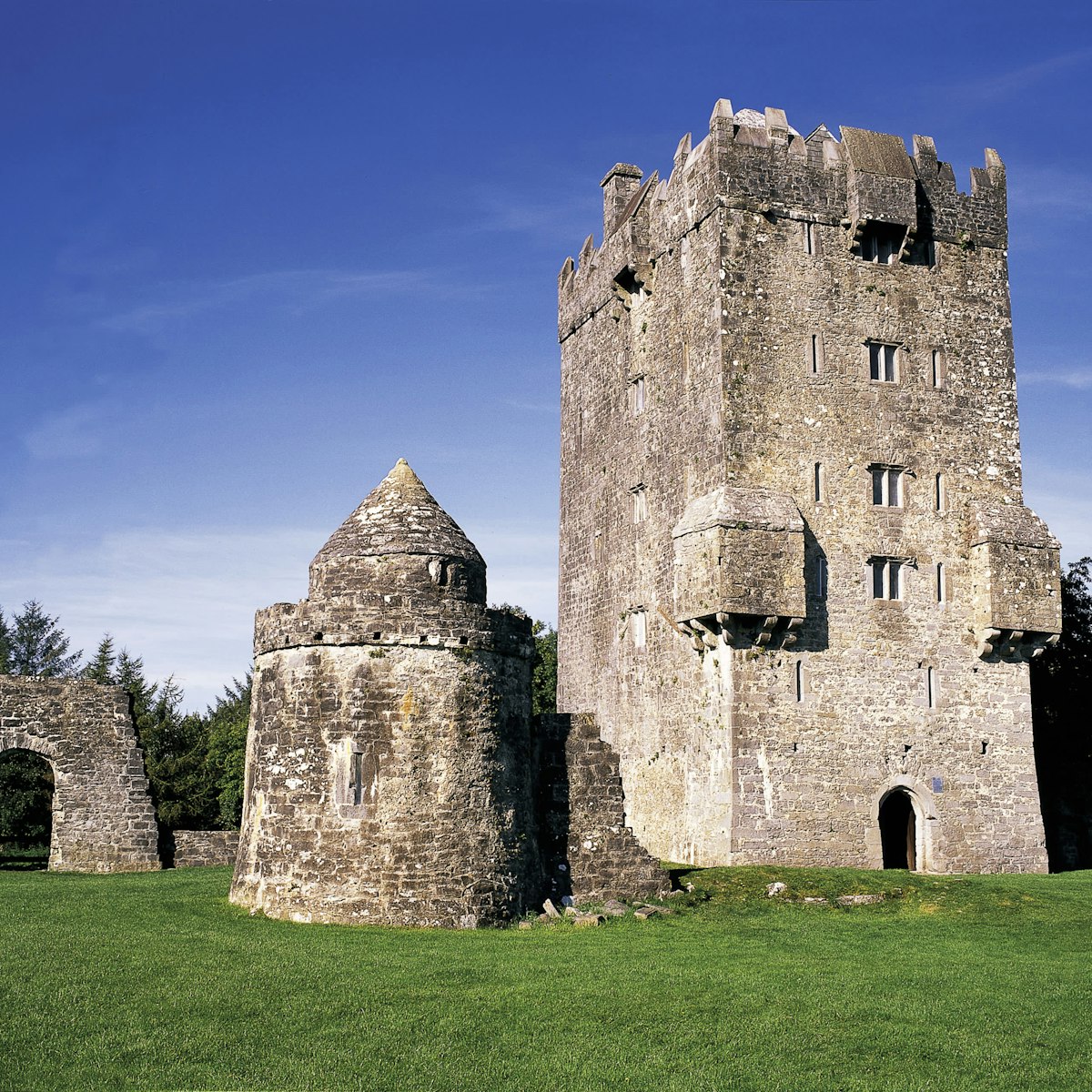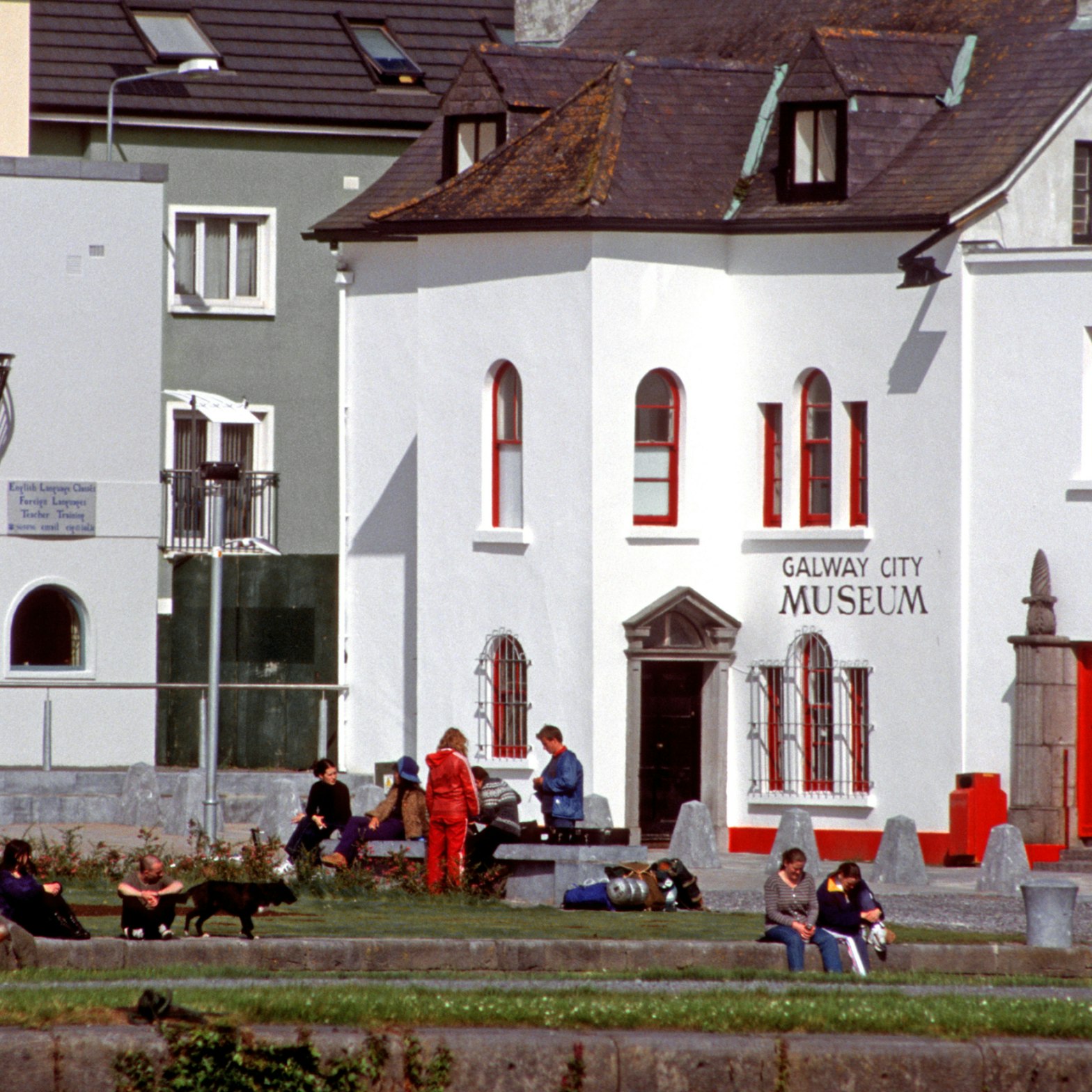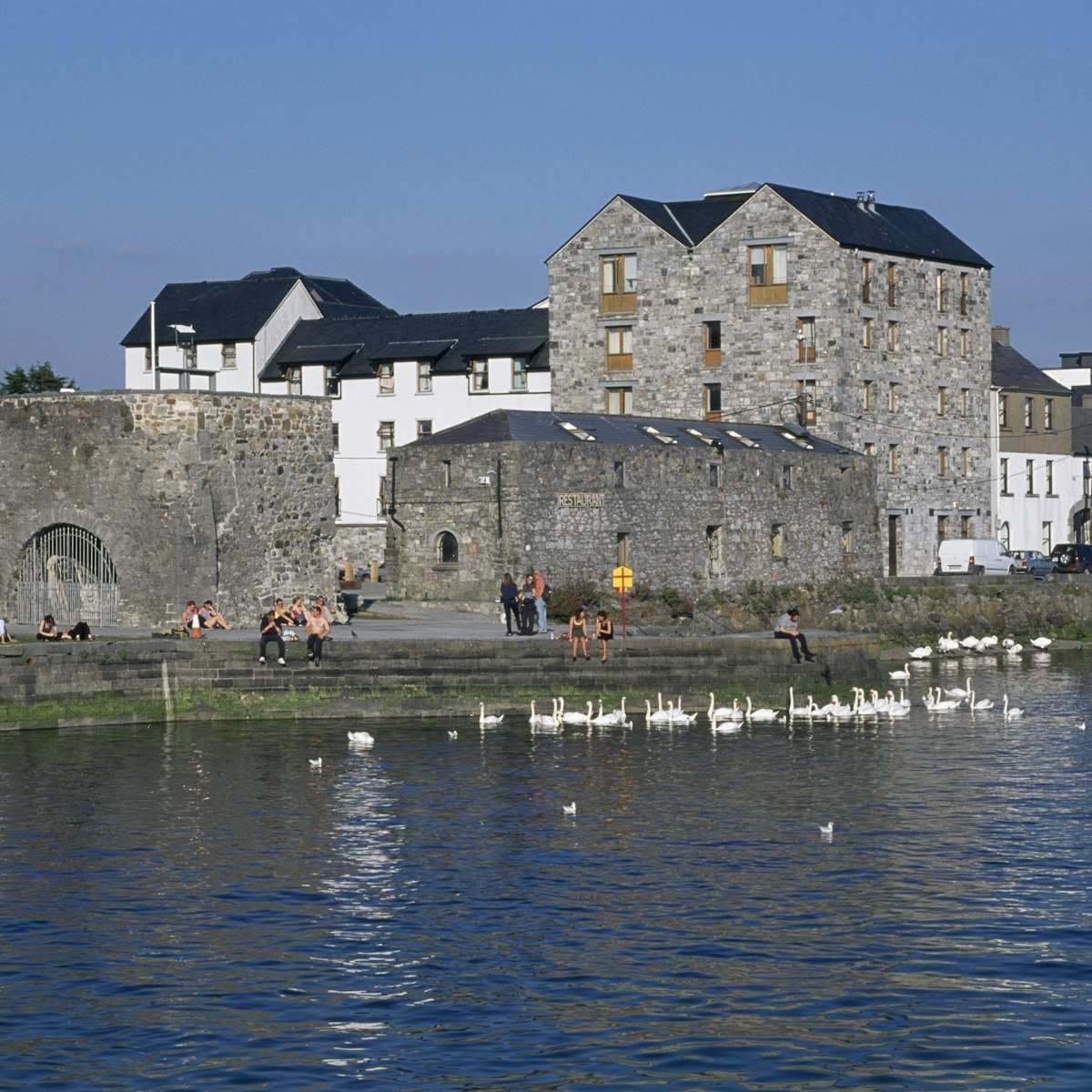In the 13th century, when the de Burgo family ruled Galway, Richard – the Red Earl – erected a large hall as a seat of power, where locals would arrive to curry favour. After the 14 tribes took over, the hall fell into ruin. It was lost until the 1990s, when expansion of the city's Custom House uncovered its foundations, along with more than 11,000 artefacts including clay pipes and gold cufflinks. The Custom House was built on stilts overhead, leaving the old foundations open.
Interpretive panels detail the history of the city, the de Burgo family, and the replica artefacts on display. Volunteers are often on hand to give a verbal explanation of the ruins and their significance, and an insight into Galway life some 900 years ago.



